Understanding the Pickleball body shot
Before diving into the intricacies of executing body shots, it's essential to grasp what they entail and their strategic significance in gameplay. A pickleball body shot refers to a shot aimed directly at an opponent's body, particularly focusing on areas like the hips, chest, or shoulders. This technique is not merely a random hit; it is a meticulously planned move, one that exploits an opponent's position and timing. Think of it as a well-orchestrated dance, where rhythm is vital, and the body shot becomes an unexpected note that disrupts the melody.
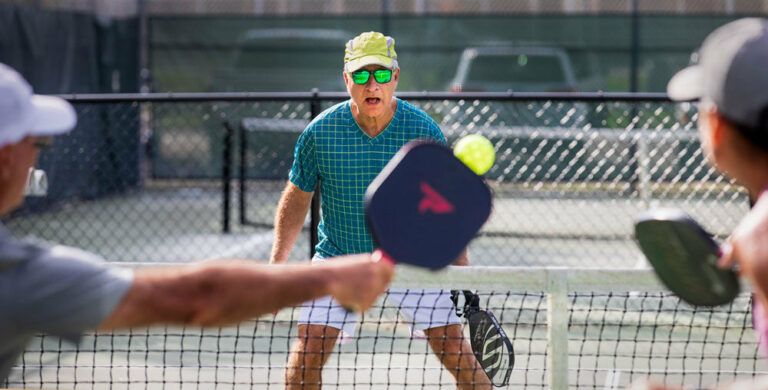
The primary purpose of this shot is to catch opponents off guard, forcing them into awkward positions that complicate their ability to return the ball effectively. A strategic body shot typically incorporates a fast, low trajectory attributes that make it exceedingly difficult for opponents to defend against. Much like a magician's trick, just when they think they have figured it out, the body shot shifts the focus, pulling them into a chaotic scramble. For example, if an opponent is trained to anticipate shots directed toward corners or the baseline, a sudden body shot can leave them unbalanced like a tightrope walker losing their footing.
Furthermore, body shots are not just about offense; they can disrupt an opponent's rhythm, leading to forced errors and creating opportunities for scoring. This strategic advantage is invaluable in a game where every point counts. Players who master the art of the body shot can significantly elevate their performance, leveraging the element of surprise and maintaining a competitive edge.
What is a pickleball body shot?
At its core, a pickleball body shot is a targeted hit aimed at the opponent's body, often intending to throw them off balance. The areas of focus typically include:
- Hips: Targeting the hips can make it challenging for players to position themselves for the next shot.
- Chest: A shot directed at the chest can lead to a reflexive response that may result in errors.
- Shoulders: Utilizing the shoulders as a target can introduce further awkwardness in positioning, leaving open the possibility for follow-up attacks.
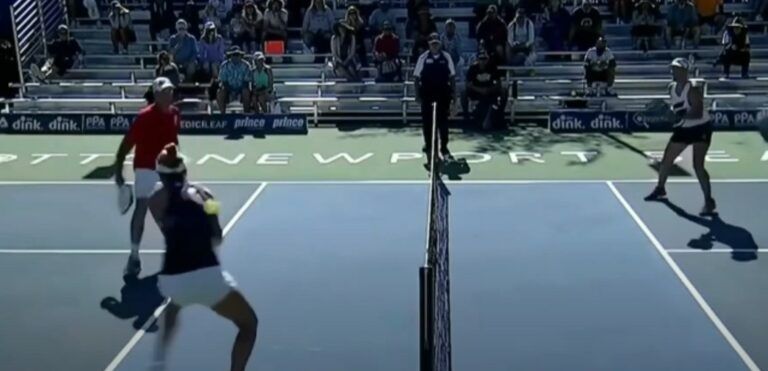
This shot's primary goal is to catch opponents flat-footed, leading to unforeseen errors and capitalizing on their unpreparedness.
Types of body shots
Body shots come in various forms, each tailored to exploit specific weaknesses or positions. Understanding these types enriches a player’s arsenal and allows for greater tactical flexibility. Here are some common types:
- Shoulder Shot: Aiming for the shoulder can create discomfort and hinder an opponent's ability to respond effectively.
- Hip Shot: Targeting the hips not only disrupts balance but can also force players into awkward stances or mis-hits.
- Chest Shot: When directed at the chest, this shot disrupts anticipation and prepares the ground for subsequent plays.
- Chicken Wing: This unique shot targets the dominant shoulder, often catching players unaware and creating openings.
Exploring and experimenting with each type of body shot will help players adapt their strategies to exploit their opponent's weaknesses.
Is it legal? Ethical considerations
Navigating the legalities of body shots is crucial for every pickleball player. While body shots are permissible within the rules of pickleball, ethical implications arise.
- Intentional Body Shot: This refers to a shot that is purposely directed at an opponent's body. While effective, it may be perceived as unsportsmanlike if done excessively or vindictively.
- Unintentional Body Shot: These occur naturally during gameplay. Players must maintain control and ensure that their shots do not endanger others.
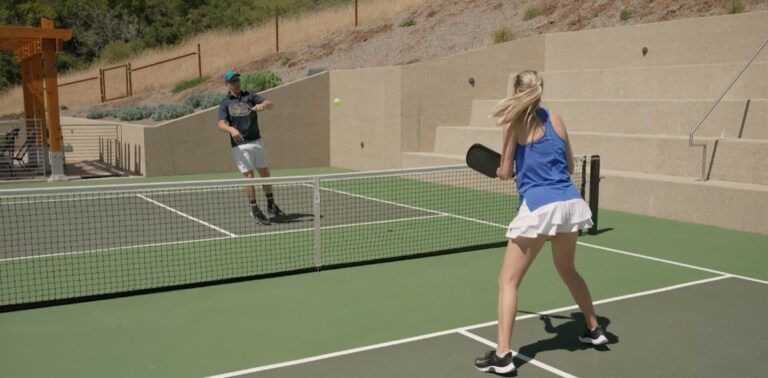
Understanding both the rules and the ethical dimensions of body shots fosters a healthier competitive environment, emphasizing sportsmanship and respect for opponents.
Anticipating the incoming body shot
The ability to anticipate and effectively respond to opponent's body shots is crucial for any player seeking to elevate their game. Recognizing cues and patterns can transform a potentially disadvantageous position into a strategic advantage.
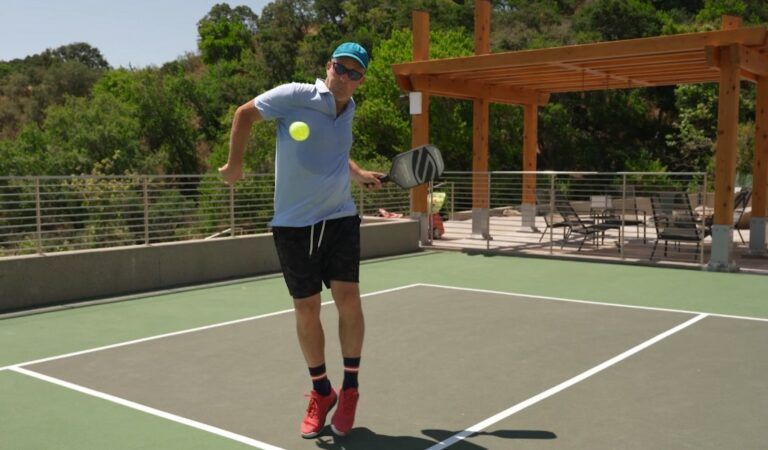
Reading your opponent's cues
A masterful player understands that body language speaks volumes. Subtle shifts in an opponent's posture, grip, and paddle movements can be telling signals. For example, a slight backswing can indicate an incoming shot, allowing you to prepare mentally and physically.
Observing these cues provides a competitive edge, transforming the game into a chess match of prediction and foresight. Players can hone their skills by practicing observation techniques during training sessions, enhancing their ability to respond dynamically during matches.
Recognizing attackable shots
Identifying when an opponent exposes themselves to body shots requires sharp awareness. Certain scenarios make opponents particularly vulnerable:
- High Dinks: When opponents lift the ball high, they often place themselves in a defensive posture.
- Pop-ups: A ball that rises unexpectedly can provide an opportunity for a strategic shot.
- Weak Volleys: If an opponent struggles with their volley, they become susceptible to direct body shots.
By recognizing these attackable moments, players can seize the initiative and make dynamic plays that unsettle their opponents.
Decoding opponent patterns
The key to effective gameplay lies in understanding an opponent's tendencies. Each player brings unique habits and preferences, offering insight into their strategic weaknesses. Observations like:
- Player tendencies: An opponent’s tendency to hit wide shots can reveal opportunities to target their body unexpectedly.
- Predictable shots: If they consistently return to a favored corner, introducing body shots can disorient their rhythm.
Decoding these patterns requires sharp attentiveness and tactical adaptability, allowing players to transform defensive responses into offensive advantages.
Building a rock-solid defense
While mastering body shots is important, developing a robust defense against them is equally critical. Effective defense serves as the foundation for any successful attack strategy.
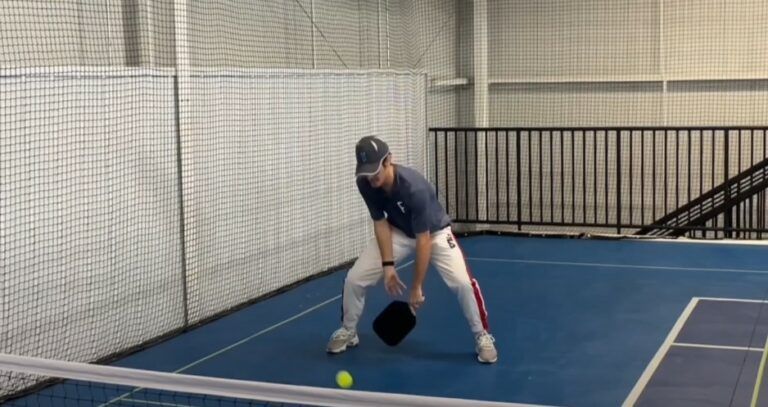
The "up and ready" paddle position
Establishing an optimal paddle position is essential for anticipating and responding effectively to body shots. The "up and ready" position involves raising the paddle to a height that allows for swift reactions.
Players often utilize a semi-backhand stance, offering agility and quicker responses, effectively lowering reaction times. This positioning emulates the readiness of a coiled spring, enabling players to execute precise movements in response to incoming shots.
Footwork fundamentals for body shot defense
Agility is a hallmark of successful gameplay. Quick footwork helps in positioning oneself appropriately to counter body shots and maintain balance. Key aspects include:
- Quick Steps: Immediate adjustments can place players in better defensive positions.
- Side-to-Side Movement: Being able to shift laterally enhances one's reach and response effectiveness.
- Split Step: This technique prepares the body for immediate action, allowing for proactive adjustments.
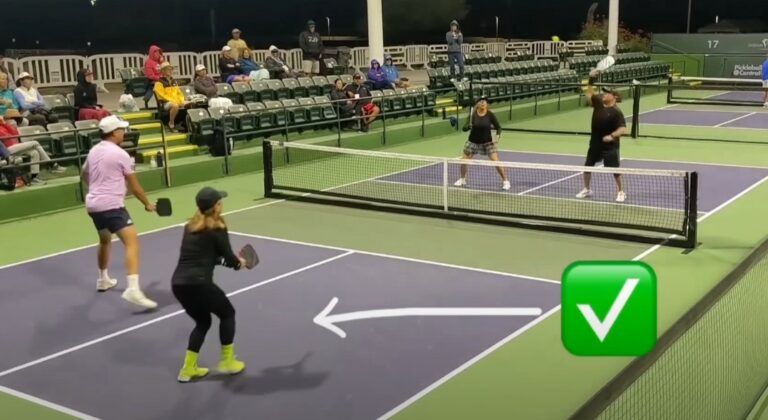
Mastering these footwork fundamentals provides players with the agility necessary to withstand offensive maneuvers while capitalizing on counter-attacking opportunities.
Body positioning: creating space
Proper body positioning is crucial in defending against body shots. Players need to avoid getting jammed, creating space through intentional movements.
Key strategies include:
- Avoiding getting jammed: Maintaining a stance that allows for freedom of movement.
- Opening up the court: Creating angles that minimize the effectiveness of body shots.
- Maneuvering: Shifting one’s position effectively to maximize reaction capabilities.
By adopting optimal body positioning, players can fortify their defenses, allowing them to counter body shots without compromising their balance or composure.
Advanced defensive tactics: Going beyond the basics
As players advance in their skills, they must explore deeper defensive tactics that go beyond standard responses.
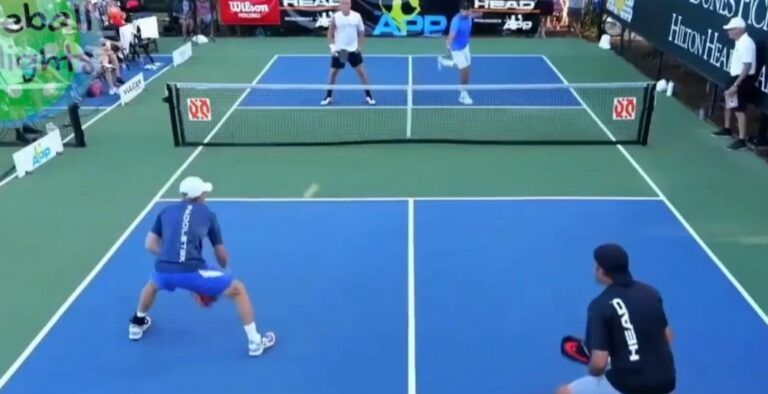
The strategic step back
When anticipating a body shot, taking a strategic step back can provide additional reaction time. This tactic involves moving into a transition zone where controls are dictated, allowing for better preparedness.
Letting out-of-bounds shots go
Not all shots need to be returned. Recognizing when to let an out-of-bounds shot pass can punish opponents who overextend their shots. This strategic decision-making enhances players' awareness of court lines and demonstrates a keen sense of timing.
Utilizing the two-handed backhand
Adopting a two-handed backhand can significantly increase reach, offering players greater control over their responses. Transitioning skills from tennis, players can wield enhanced power in their returns, making it a valuable asset against body shots.
From defense to offense: Mastering the counter-attack
Transitioning from defense to offense hinges on timely counter-attacks, a skill that can turn the tide of a match.
Blocking and resetting
Blocking effectively neutralizes an opponent’s attack while setting up for a subsequent shot. By maintaining control during exchanges, players can retain the upper hand and dictate the pace of the game.
The forehand counterpunch
Developing an aggressive forehand counter-punch returns the pressure to the opponent. Players can take control of the point by attacking open court spaces, forcing opponents to scramble in defense. This approach keeps attackers vulnerable and creates opportunities for securing points.
Hitting downward angles
Mastering downward angles transforms shots into aggressive offensive plays. By forcing weak returns, players can set up decisive finishes that capitalize on their opponent's missteps and end the point with authority.
Drills to sharpen your body shot skills
Consistent practice through specific drills can hone the ability to execute body shots effectively.
The dink-dink-speed up-reset drill
This partner drill involves alternating dink shots before switching to faster exchanges, training players to improve their reaction times and anticipation.
Body shot reaction drills
Simulating game situations through targeted practice helps players adapt to and anticipate body shots. Training with a partner not only enhances reflexes but develops keen instincts during high-pressure moments.
Hand-eye coordination exercises
Engaging in hand-eye coordination training through simple catching drills improves reflexes, fostering a natural responsiveness that translates effectively to pickleball gameplay.
The mental game: Staying sharp under pressure
Physical skills in pickleball are essential, but the mental game is equally crucial. Players must navigate emotions and maintain focus in high-stress situations.
Maintaining composure
Having the ability to stay focused and concentrate during intense matches prevents frustration from clouding decision-making. Regular mindfulness practices can sharpen awareness and enhance resilience under pressure.
Embracing a positive mindset
Building confidence through a positive outlook sets the foundation for overcoming adversity. Resilience allows players to transform setbacks into opportunities, demonstrating their character and determination.
Using body shots strategically
Integrating body shots with purpose amplifies their effectiveness. Players can utilize these shots proactively to intimidate their opponents, disrupt their rhythm, and gain a psychological edge.
Body shot variations and advanced tactics
Exploring various body shot variations equips players with tools to outmaneuver opponents and create unpredictability in their gameplay.
The "chicken wing" shot
Targeting the dominant shoulder with the “chicken wing” shot can exploit weaknesses while introducing discomfort to opponents. This unique approach can unbalance opponents and open the door for subsequent plays.
Targeting hips and chest
Focusing shots on the hips and chest applies pressure to opponents, often resulting in awkward returns that create opportunities for control. By incorporating these targets into play, players can enhance their offensive strategy.
Combining body shots with drop shots
The combination of body shots with deceptive drop shots adds another layer of complexity to gameplay. Shifting between aggressive shots and soft touches keeps opponents guessing, fostering unpredictability.
Body shot strategies for different game situations
Flexibility in strategy is paramount during gameplay, particularly when adapting to varied scenarios.
Doubles vs. singles tactics
Doubles play introduces unique dynamics; effective communication with partners enhances the reception of body shots and elevates tactical approaches accordingly.
Adjusting to different playing styles
Recognizing opponent strengths and weaknesses can tailor your body shot approach. Every player has their unique style, and adept players adjust their strategies to exploit vulnerabilities.
Body shots in key moments
In critical game scenarios such as tiebreakers and crucial points body shots can apply significant pressure and increase the likelihood of interceptions. Mastering the timing of these attacks can fundamentally shape match outcomes.
Prioritizing safety on the court
While mastering body shots is essential for competitive play, prioritizing safety ensures a positive environment for all players.
The importance of eye protection
Incorporating safety gear, including protective eyewear, prevents potential injuries and enhances players' confidence on the court. This proactive step emphasizes the importance of preserving personal well-being.
The risks of intentional body shots
Careful consideration of their potential for injury and their ethical implications is crucial in maintaining a positive playing environment. Intentional body shots can lead to consequences that detract from fair play, so players must remain cognizant of their actions.
Promoting fair play
Encouraging sportsmanship and respect for opponents cultivates an environment conducive to skill development and enjoyment. Honor in competition helps to maintain a positive experience for everyone involved.
In conclusion, mastering the pickleball body shot encompasses understanding its execution, anticipating incoming strikes, building a solid defense, and implementing effective counter-attacks. With dedicated practice, refined techniques, and a strategic mindset, players can transform their on-court presence, blending skill with artful unpredictability. By prioritizing safety and fostering a respectful atmosphere, we ensure that the game remains enjoyable and competitive for all involved. As the popularity of pickleball continues to spread, those who embrace the body shot will have a distinct advantage on the court, ready to navigate the delightful challenges that come with this dynamic game.










